RUSSIAN FM: California wildfire DAMAGE estimated at approximately $250 BILLION, about as much as the US has sent to UKRAINE
In a bold statement that has captured significant attention on the international stage, Russian Foreign Minister Sergey Lavrov recently remarked that the damage caused by California’s devastating wildfires is estimated at a staggering $250 billion. This figure, he pointed out, is roughly equivalent to the amount the United States has sent in military and economic aid to Ukraine since the onset of the Russian invasion in 2022. Lavrov’s comparison between the two sums serves as a pointed critique of U.S. foreign policy, particularly in the context of the ongoing war in Ukraine.
The Russian foreign minister’s comments not only highlight the immense scale of destruction caused by the wildfires in California but also offer a stark commentary on the allocation of U.S. resources, questioning the prioritization of foreign military aid over domestic recovery efforts. This statement has sparked a wider debate on the U.S. government’s financial commitments both abroad and at home, raising critical questions about fiscal responsibility, international aid, and the domestic consequences of a prolonged war.
The Devastating Impact of California’s Wildfires
California has long been vulnerable to wildfires due to its dry climate, high temperatures, and frequent drought conditions. However, in recent years, the severity and frequency of these wildfires have escalated dramatically, causing devastating damage to both property and the environment. According to experts, the summer wildfires of 2023 alone caused billions of dollars in damage, with vast areas of land burned, thousands of homes destroyed, and entire communities displaced.
The financial toll of these disasters is not just about rebuilding homes and infrastructure; it also includes the costs of fighting the fires, managing the environmental impact, and dealing with the long-term health consequences for those affected. Wildfires release massive amounts of carbon into the atmosphere, exacerbating climate change and impacting air quality across large regions. In addition to the economic damage, the emotional and social toll on residents of California cannot be understated, as families lose homes, livelihoods, and communities.
The $250 billion estimate of wildfire damage is based on a comprehensive assessment of both the immediate and long-term costs. Experts argue that the full impact could be even higher when accounting for lost productivity, healthcare costs related to smoke inhalation and fire-related injuries, and the broader economic disruption caused by the fires. The destruction of agricultural land, for example, can have ripple effects on local and national economies, especially in a state like California, which is a major producer of food and agricultural products in the United States.
U.S. Aid to Ukraine: The $250 Billion Commitment
Since Russia’s invasion of Ukraine in February 2022, the United States has been a leading donor of both military and financial aid to the Ukrainian government. As of late 2024, the U.S. has committed over $250 billion to Ukraine in the form of military assistance, humanitarian aid, economic support, and other forms of assistance. This includes advanced weapons systems, financial backing for Ukraine’s economy, and efforts to support the Ukrainian government’s continued function despite the ongoing war.
The U.S. aid to Ukraine has been pivotal in supporting Ukraine’s resistance against Russia, allowing the country to maintain its sovereignty and continue its fight on the frontlines. For Ukraine, this aid has been essential in sustaining its military efforts, rebuilding its economy, and managing the humanitarian crisis caused by the war. U.S. support has included everything from fighter jets to air defense systems, as well as financial support for the Ukrainian government to maintain essential services and infrastructure.
However, the level of U.S. spending on Ukraine has sparked significant debate within the United States. Critics argue that the resources allocated to Ukraine could have been used to address domestic issues, including the rebuilding efforts needed after natural disasters such as the California wildfires. Some politicians and commentators argue that the U.S. government should prioritize spending on domestic infrastructure and disaster recovery over foreign military commitments, particularly when the costs are so high.
The comparison made by Lavrov between the amount the U.S. has spent on Ukraine and the damage caused by the California wildfires is an attempt to draw attention to what he perceives as a misplaced prioritization of foreign interventions over domestic needs. The Russian foreign minister’s statement is a reminder of the growing domestic political debate in the U.S. over the allocation of resources, especially as the country grapples with significant challenges at home, such as natural disasters, inflation, and healthcare access.
Lavrov’s Critique of U.S. Foreign Policy
Lavrov’s statement highlights the broader narrative that Russia has been pushing throughout the ongoing conflict in Ukraine: that the U.S. is overextending itself in foreign conflicts while neglecting its domestic responsibilities. From Russia’s perspective, the U.S. has been spending vast amounts of taxpayer money on Ukraine’s war effort without addressing the urgent needs of its own citizens, particularly in disaster-stricken areas like California.
In recent years, Russia has repeatedly criticized the West for its involvement in Ukraine, accusing NATO and the U.S. of escalating the conflict by supplying Ukraine with advanced weaponry and financial aid. According to Lavrov and other Russian officials, the West’s continued support for Ukraine is prolonging the war, exacerbating global instability, and contributing to economic hardships in countries like the U.S. that are shouldering the costs of the conflict.
While the statement may be seen as a form of diplomatic posturing by Russia, it has resonated with certain segments of the American public who are questioning the U.S.’s role in the war and the priorities of their own government. As the U.S. continues to provide billions of dollars in aid to Ukraine, there is growing frustration among some Americans over issues like infrastructure decay, climate change, and the cost of living. For these critics, the contrast between the U.S. financial commitments abroad and the needs at home creates a sense of imbalance that could have political repercussions in future elections.
The Debate Over U.S. Foreign Aid vs. Domestic Spending
Lavrov’s comparison has ignited a broader debate about U.S. foreign aid and the balance between supporting global allies and addressing the needs of Americans at home. On one hand, advocates for U.S. aid to Ukraine argue that supporting the country’s sovereignty is in America’s strategic interest, as it prevents Russian expansion and strengthens NATO’s eastern flank. Moreover, they argue that helping Ukraine defend itself aligns with U.S. values of promoting democracy and supporting international norms.
On the other hand, critics of U.S. foreign aid argue that the scale of the U.S. financial commitment to Ukraine is unsustainable, particularly when domestic issues like natural disaster recovery, poverty, and healthcare remain pressing concerns. The $250 billion sent to Ukraine, while crucial for the defense of Ukraine, could be viewed by some as a diversion of resources from vital domestic needs. In the case of California’s wildfires, the cost of rebuilding and recovery efforts far exceeds the resources allocated, leaving residents and state officials to contend with the aftermath with insufficient federal support.
The debate surrounding foreign aid versus domestic spending is unlikely to subside anytime soon. As more natural disasters ravage the U.S. and global tensions rise, the question of how the U.S. allocates its financial resources will continue to shape public opinion and political discourse. The growing concern about U.S. fiscal priorities reflects a wider frustration with government spending and a desire for greater accountability in how resources are distributed.
Global Reactions to the Comparison
Lavrov’s remarks have sparked mixed reactions globally. While Russian state media has largely echoed Lavrov’s criticism of the U.S., many in the West have dismissed the statement as a self-serving propaganda tool. Proponents of continued U.S. support for Ukraine argue that the comparison is misleading and that the situation in Ukraine is fundamentally different from the challenges faced by California. They point out that the U.S. has the resources to address both domestic needs and international responsibilities, and that supporting Ukraine is an investment in long-term global stability.
However, the comparison has struck a nerve with some international observers and analysts, who see it as an indication of growing global skepticism about the U.S.’s financial priorities. As the war in Ukraine drags on and costs continue to rise, some countries are questioning whether the U.S. will be able to maintain its dual commitment to both international aid and domestic stability.
Looking Ahead: The Future of U.S. Foreign Aid and Domestic Priorities
The debate over U.S. foreign aid and its impact on domestic priorities is likely to intensify in the coming years, especially as the economic and human costs of the Ukrainian conflict continue to mount. While the U.S. remains a key player in global geopolitics, the question of whether it can balance its international obligations with the needs of its own citizens will be a defining issue in the future of U.S. foreign policy.
As wildfires, climate change, and economic challenges continue to affect the U.S., there is growing pressure on the government to reassess its financial commitments and ensure that the needs of the American people are prioritized. While the situation in Ukraine remains dire, the cost of supporting that effort—both in financial terms and public opinion—will continue to be a point of contention in the years to come.
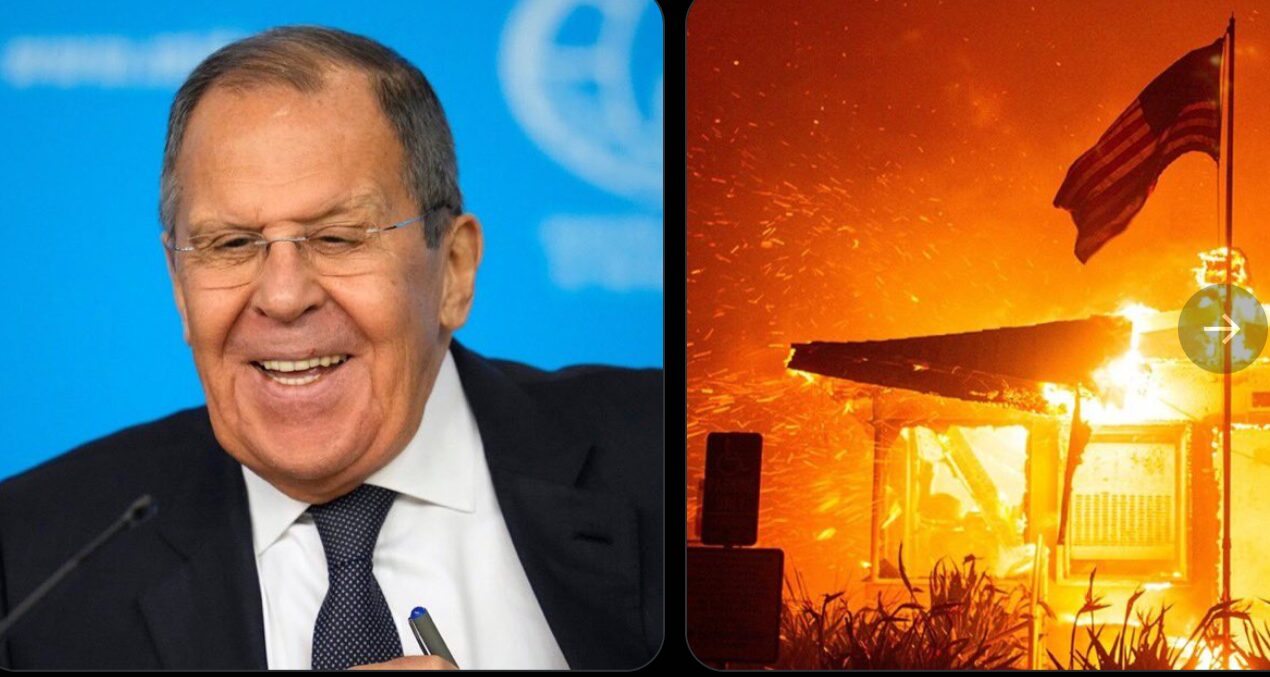
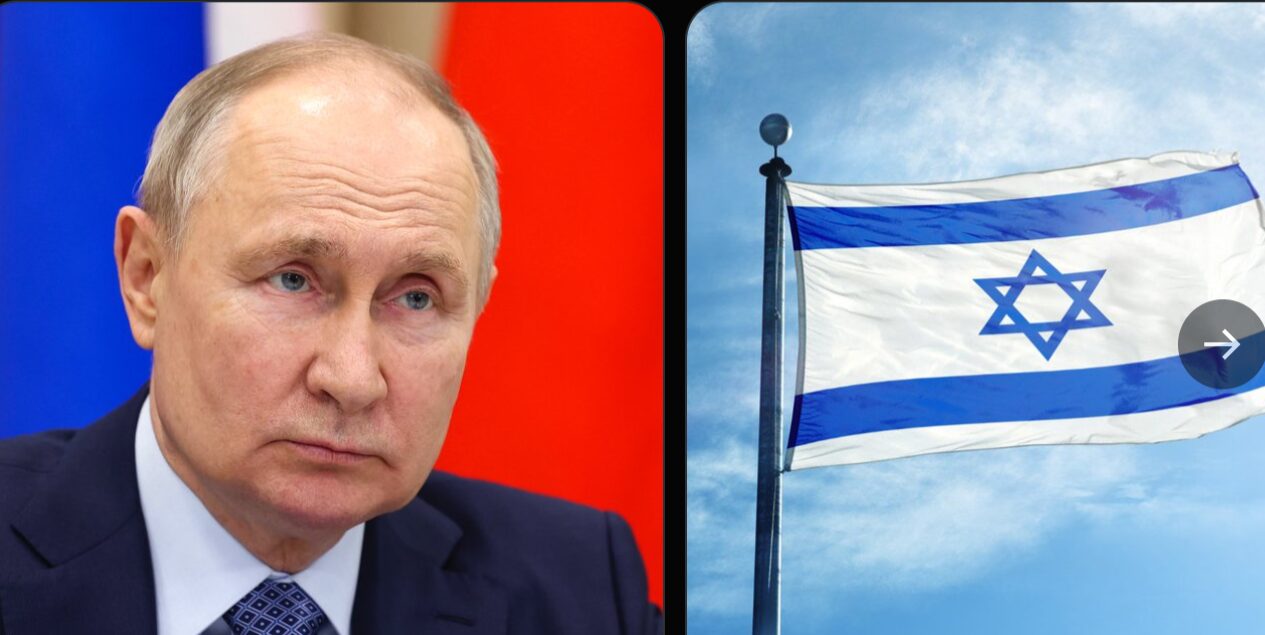


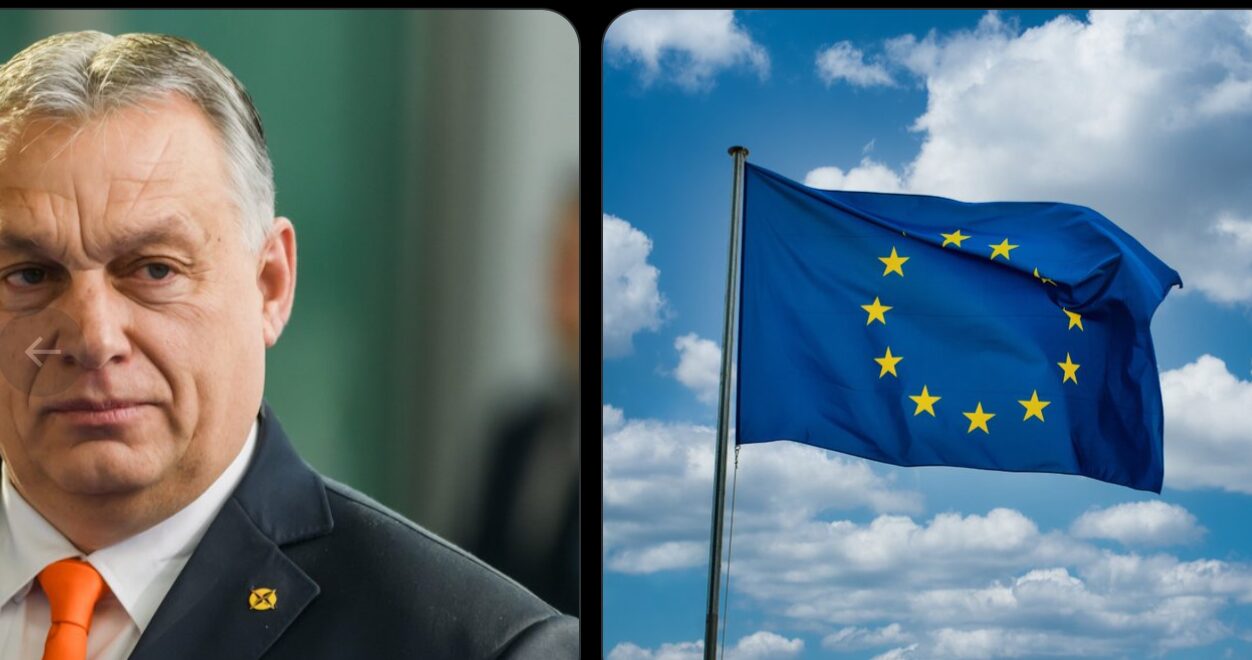
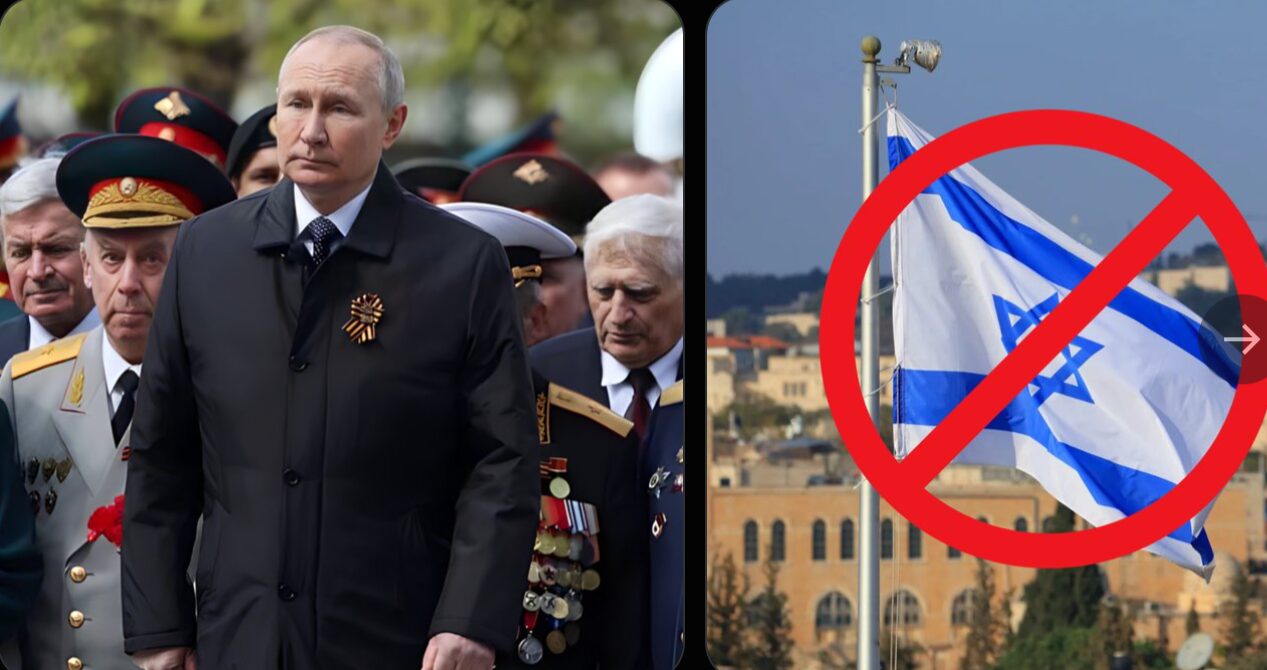

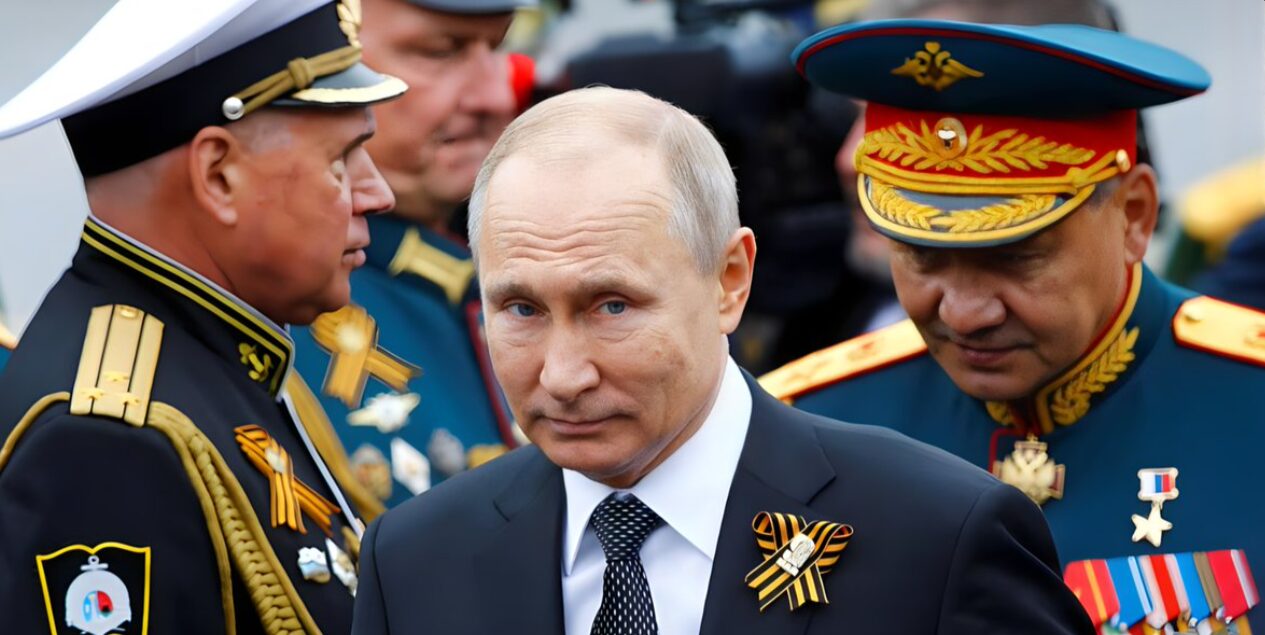


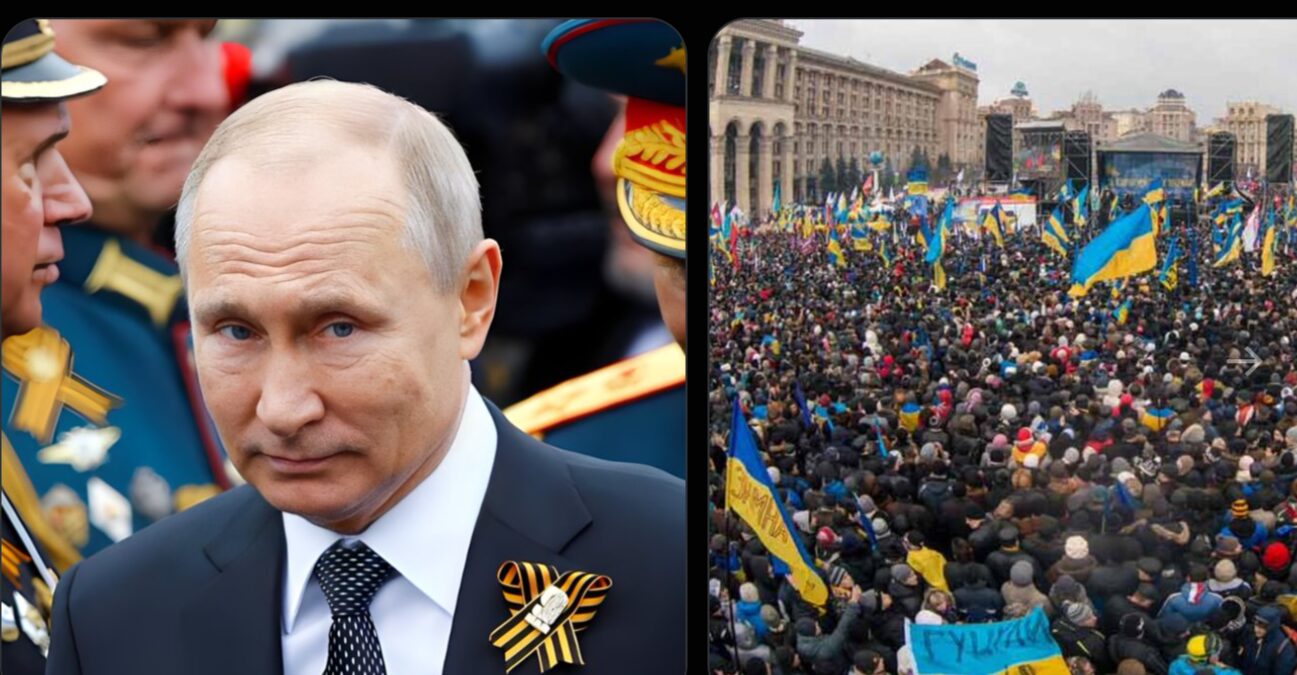



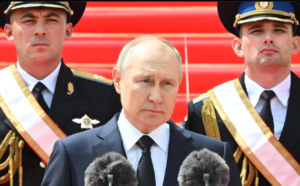


Post Comment